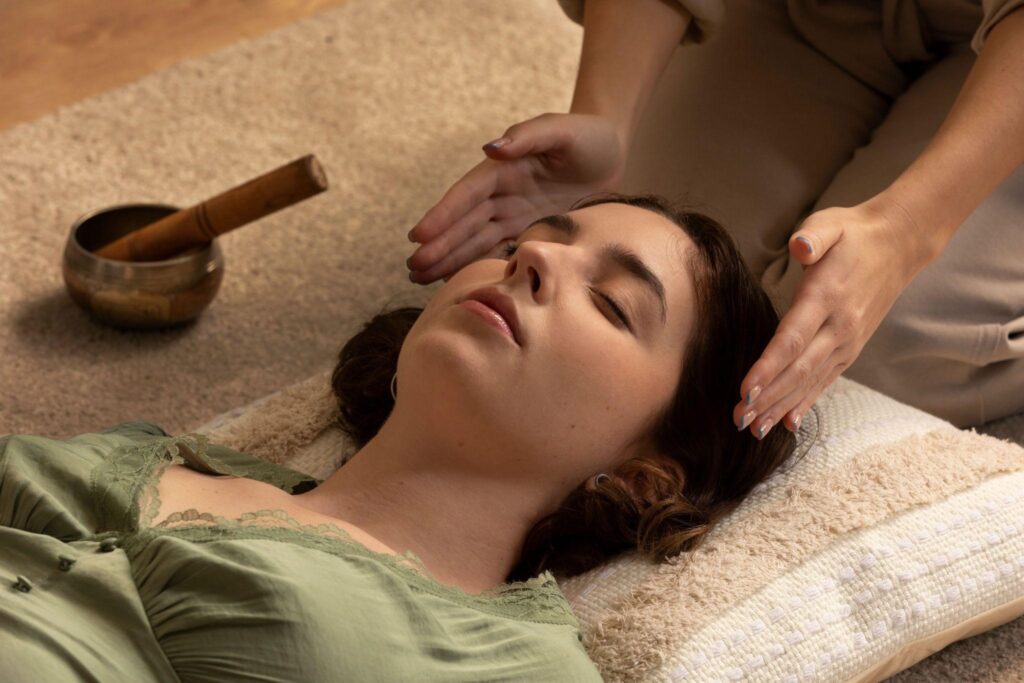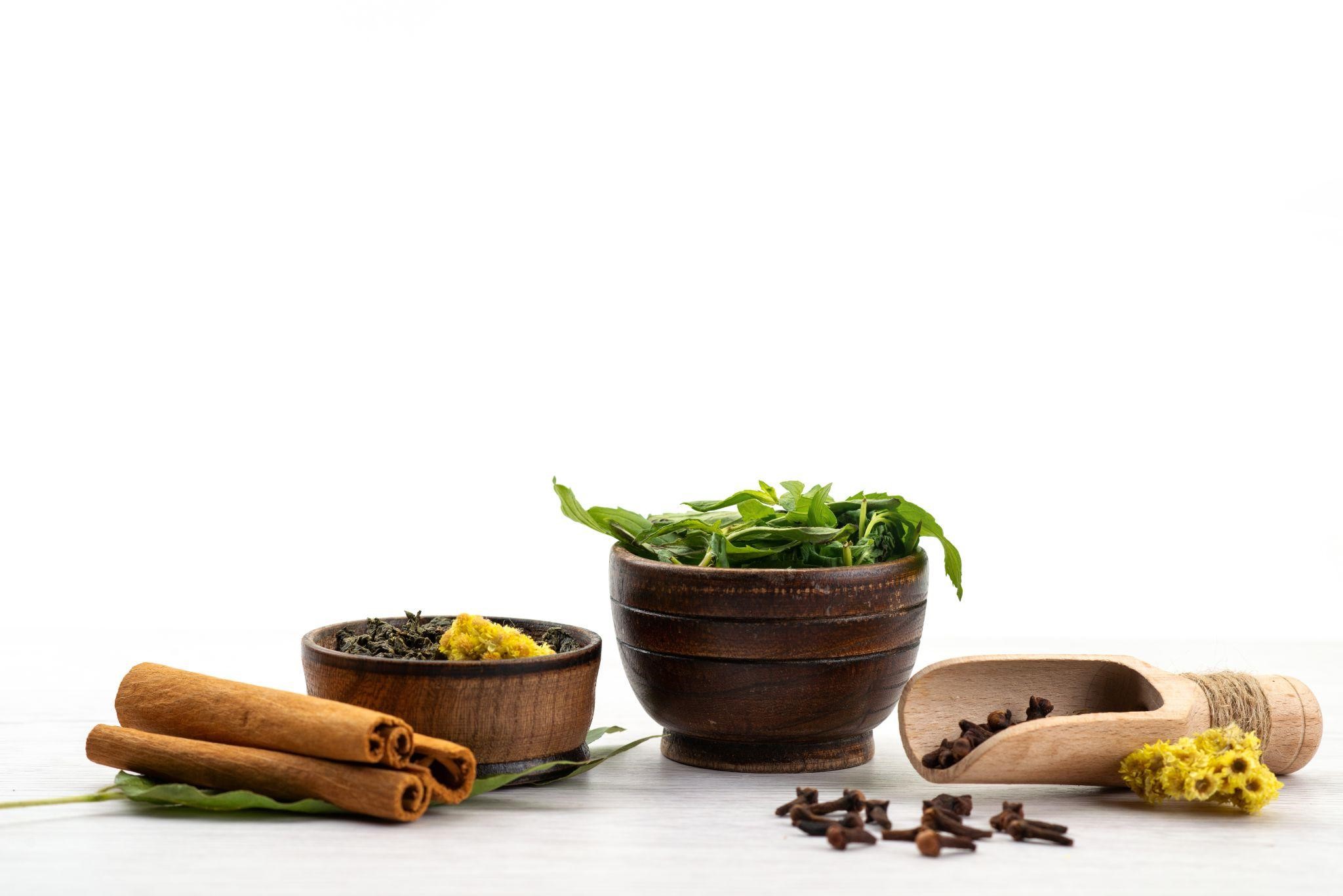Last updated on December 25th, 2024 at 04:38 pm
Ayurvedic treatment is a holistic and traditional system of healing that originated in India over 5,000 years ago. Rooted in ancient Vedic texts, Ayurveda views health and wellness as a state of balance between an individual’s physical, mental, and spiritual aspects. The core principle of Ayurvedic treatment is to promote and maintain this balance, which is believed to be essential for overall well-being.
Ayurvedic Treatment
The best treatment of Ayurvedic are as follows:
- Diet and Nutrition: Ayurveda places immense importance on food as medicine. Dietary recommendations are tailored to an individual’s dosha, ensuring that they eat foods that maintain or restore balance. For example, a person with excess Vata may be advised to consume warm, nourishing foods, while someone with excessive Pitta should opt for cooling and calming foods.
- Herbal Medicine: Ayurveda boasts an extensive pharmacopoeia of herbs and plants. Herbal remedies are prescribed to address specific health issues and balance doshas. Common Ayurvedic herbs include turmeric, ashwagandha, triphala, and holy basil.
- Yoga and Meditation: Yoga and meditation are integral components of Ayurvedic treatment. These practices help align the body, mind, and spirit, reducing stress and promoting overall wellness. Different yoga poses and meditation techniques may be recommended based on an individual’s constitution.
- Ayurvedic Massage (Abhyanga): Ayurvedic massage involves the use of warm, herbal oils specifically chosen for an individual’s dosha. This therapeutic massage not only relaxes the body but also helps detoxify and rejuvenate.
- Panchakarma: Panchakarma is an intensive detoxification process in Ayurveda. It involves a series of therapies like Virechana (purgation), Basti (enema), and Nasya (nasal administration of oils) to remove toxins from the body and restore balance.
- Acupuncture and Acupressure: Ayurveda also includes practices similar to acupuncture and acupressure to stimulate specific energy points in the body and balance doshas.
- Lifestyle Recommendations: Ayurvedic practitioners guide daily routines, including sleep patterns, exercise, and mental wellness practices, to maintain a balanced and harmonious life.

Advantages of Ayurvedic Treatment
Ayurveda focuses on addressing the root causes of ailments rather than merely treating symptoms. This approach leads to long-lasting relief and improved overall health.
Ayurvedic therapies and remedies are typically natural and derived from herbs and plants. This means they have minimal side effects compared to synthetic drugs. Another advantage is personalization. Ayurvedic practitioners tailor treatments to an individual’s unique constitution, ensuring that they receive customized care that aligns with their specific needs.

Furthermore, Ayurveda emphasizes prevention, helping individuals maintain good health through lifestyle and dietary recommendations. It enables individuals to proactively assume control of their well-being.
Ayurveda fosters balance not only in the body but also in the mind and spirit. Through practices like yoga and meditation, it promotes mental clarity, emotional stability, and spiritual growth, fostering a holistic sense of wellness.
List of Ayurvedic Treatments
The list of treatments of ayurvedic are as follows:
- Abhyanga: Ayurvedic oil massage, using specific herbal oils tailored to an individual’s dosha.
- Shirodhara: A calming therapy involving a continuous stream of warm oil poured onto the forehead to relax the nervous system.
- Panchakarma: A comprehensive detoxification process that includes therapies like Virechana (purgation), Basti (enema), and Nasya (nasal administration of oils).
- Ayurvedic Herbal Remedies: The use of specific herbs and herbal formulations to address various health issues.
- Dietary Counseling: Personalized dietary recommendations based on an individual’s dosha to promote balance and well-being.
- Yoga and Pranayama: Tailored yoga postures and breathing exercises to balance doshas and enhance overall health.
- Meditation and Mindfulness: Practices to calm the mind, reduce stress, and improve mental clarity.
- Udvartana: A therapeutic massage using herbal pastes and powders to exfoliate and revitalize the skin.
- Neti: Nasal cleansing using a saline solution to alleviate sinus issues.
- Dhara: A therapy involving the continuous pouring of herbal liquids or decoctions over the body to promote relaxation.
- Kati Basti: A localized treatment where warm herbal oil is pooled on the lower back to alleviate back pain.
- Gandusha and Kavala: Mouth rinsing and oil pulling for oral health and detoxification.
- Nadi Pariksha (Pulse Diagnosis): An Ayurvedic practitioner assesses an individual’s health by analyzing the pulse.
- Marma Therapy: Gentle pressure on specific energy points to release blocked energy and promote healing.
- Swedana: Herbal steam therapy to induce sweating and eliminate toxins.
- Lifestyle and Daily Routine Guidance: Recommendations for daily routines, sleep patterns, and exercise regimens.
- Herbal Steam Inhalation (Nasya): Inhaling herbal steam to clear the nasal passages and promote respiratory health.
- Rasayana: Rejuvenation therapy aimed at enhancing vitality and longevity.
- Karna Purana: Ear oiling to improve ear health and balance.
- Aromatherapy: The use of aromatic oils and herbs for therapeutic purposes.

Conclusion:
Ayurvedic treatment offers a holistic approach to health and wellness, addressing not only physical but also mental and spiritual well-being. By understanding and balancing the doshas, individuals can achieve optimal health and vitality.
While Ayurveda may not replace modern medicine for all ailments, it can complement it by promoting preventive health practices and addressing chronic conditions from a holistic perspective.
Embracing Ayurvedic principles can lead to a more balanced and harmonious life, in tune with the rhythms of nature and the wisdom of the ages.
Read: What are Generic Medicines?
Difference Between Generic and non-generic Medicine
Generic and non-generic medicines differ in their branding and pricing. Non-generic, often brand-name drugs, are developed and marketed by pharmaceutical companies, featuring a patented name and higher cost due to research and development expenses.
Generics contain the same active ingredients but are produced by different manufacturers and sold under their chemical names. They are typically more affordable due to reduced marketing costs. Both types must meet the same safety and efficacy standards, providing consumers with options based on budget and brand preference.
FAQs on Ayurvedic Treatment
Q1. What is Ayurvedic treatment?
Ayurvedic treatment is a holistic system of natural medicine rooted in ancient Indian wisdom. It aims to balance the body, mind, and spirit by addressing individual doshic imbalances using herbal remedies, dietary adjustments, lifestyle changes, and therapeutic practices, fostering overall health and well-being.
Q2. How does Ayurvedic treatment work?
Ayurvedic treatment works by identifying and balancing an individual’s doshas (Vata, Pitta, and Kapha) to harmonize the body’s natural energies, utilizing personalized herbal remedies, dietary adjustments, and lifestyle changes to promote holistic well-being and health.
Q3. How long does it take to see results from Ayurvedic treatment?
The timeline for experiencing the benefits of Ayurvedic treatment varies depending on individual factors, the nature of the health issue, and the specific therapies used. Some people may notice improvements in a matter of weeks, while chronic conditions may require longer treatment periods.
Related Links:

